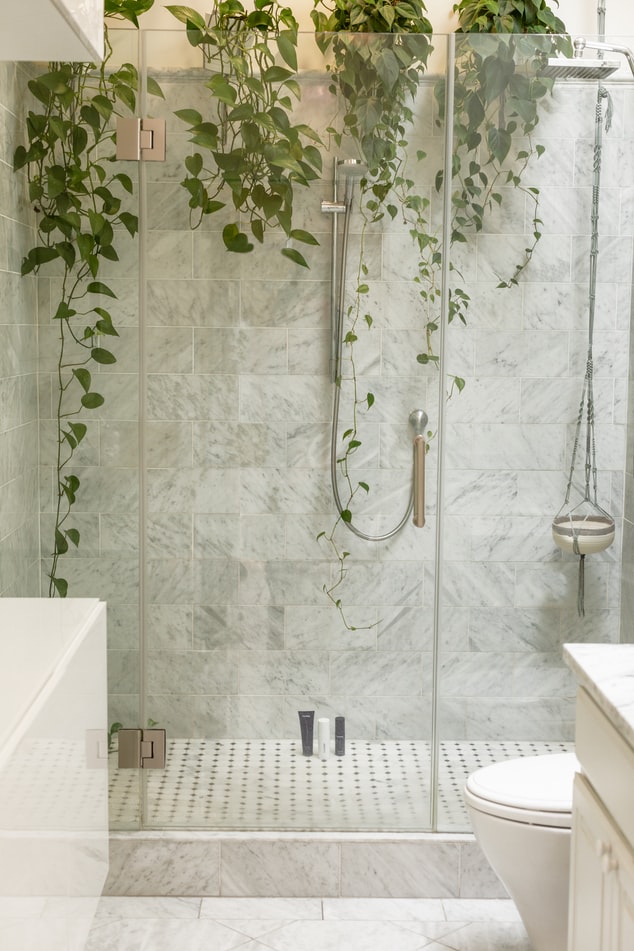 Before we delve into the ADA compliant toilet idea, I gonna ask you: are you living with a person with disabilities? There are many factors that you should consider when buying your best flushing toilet bowl. You will note that these individuals need to be well taken care of. Here, you need to ensure that they are well fed and are living well.
Before we delve into the ADA compliant toilet idea, I gonna ask you: are you living with a person with disabilities? There are many factors that you should consider when buying your best flushing toilet bowl. You will note that these individuals need to be well taken care of. Here, you need to ensure that they are well fed and are living well.
At least, you should be there to help them whenever they need you. By doing this, you can be sure that their everyday life will be easier. One good way of making their life easier is by installing an ADA compliant toilet.
Since no bathroom is complete without a toilet, you should install an ADA compliant toilet in your home. The Americans with Disability Act or rather ADA normally regulates every specification in a bathroom. These include toilet dimensions and installation to ensure that everyone can access this facility as seamlessly and equally as possible.
The main goal of enacting this act is to eliminate discrimination of people with disabilities. This goes a long way in ensuring that they are provided with equality of opportunities, full participation, economic self-sufficiency, independent living, and so on. Therefore, you should consider installing an ADA compliant toilet. An ADA toilet also known as disabled toilets are designed to address the inconvenience bought by disabilities by providing them with more space and hand bars.
Contents
ADA Compliant Toilet Features
People all over the world have held various campaigns to raise awareness of the need for more handicap toilets in both private and public properties. The following are the features of an ADA compliant toilet.
1. The toilet height should be between 17 and 19 inches
A good ADA compliant toilet should be 17 and 19 inches tall from the floor to the top of the toilet seat. This is significant as it allows for a smoother transition from the wheelchair. You can check these dimensions using a measuring tape. However, those ADA compliant toilets used by children below the age should be between 11 and 17 inches from the floor to the toilet seat.
2. Presence of grab bars
You will note that most disabled people normally rely on the handrail. These can be used to pull or push up with or simply to lean for stability. This toilet should have these bars so that disabled people can easily transfer from the wheelchair or bed to the toilet.
In most instances, the transfer scenes are normally slow and uncomfortable for many when the grab bars are absent. However, when these bars are present, this transition is easy and reduces accidents.
If these grab bars do not offer enough strength, you can consider having a toilet safety frame. These frames are more effective than the grab bars. This toilet frame should be adjustable. As a result, the disabled person will have an easy time when accessing the toilet.
The good news is that most safety frames are normally made from anodized aluminium. Therefore, you can be sure that it will be lightweight and yet very strong.
3. Give it space
ADA recommends toilets with an undercut bowl for the disabled people. This act normally specifies that there should be a gap of at least 9” beneath an element such as the toilet and the floor. The gap here should extend at least 25” in depth.
The undercut bowl refers to a bowl that has a gap between its bottom and the base of the toilet. As a result, the disabled person will have more foot space and a clear path to increase accessibility.
Here, it is advisable that you go for a wall-mounted toilet. This will go a long way in ensuring that there is enough room for toe clearance as the plumbing component will be behind the wall.
4. It should have a portable toilet seat
It’s worth noting that traditional toilets are not fit for the disabled. This is the reason why a portable toilet seat is vital. By doing this, the disabled person will get the elevation of a standard toilet.
Also, this will enable them to use their own toilet seat. The seat should meet the following criteria:
- Low enough to transfer.
- Adjustable to cope with different heights of the toilet.
- Very portable.
- Stable enough such that it will not shift around.
- It should be contoured.
- Arms should be completely away.
5.Presence of a flush control
The flush control of this ADA compliant toilet should not be higher than 44” from the mountain surface. Also, it should be activated with less than 5 lbs of force, without straining the wrist.
These toilets need to have a flush valve that is activated by a lever that does require a lot of force. The toilet flush control should be near the toilet and free of obstructions. Ideally, they should operate with a closed fist or through automatic flushing sensors.
6.Presence of toilet paper dispensers
The toilet paper dispensers should be mounted at least 36 inches from the back wall. It should also be at least 19 inches from the floor so that the disabled person can reach it conveniently. The dispenser should not obstruct the grab bars.
Chances are, the disabled person is likely to fall at one time or another. Falling can be detrimental and might make the disabled person less mobile. To mitigate this problem, you should ensure that there is an emergency call button near the toilet. This way, the disabled person will alert anyone close to come and help him or her. An emergency call button can be a lifesaver.
8. Check the location of the toilet
You should consider the placement of the toilet in relation to the walls and the barriers in the bathroom. If the right side of the toilet is against the bathroom wall, the toilet should have flush control on the left side. The flush control should be on the open side of the toilet.
Conclusion
ADA prohibits discrimination against disabled people. As a result, they deserve to have an ADA compliant toilet in their places of residence. This toilet should meet these requirements for it to be helpful to disabled people. Consider these ideas today and your disabled relative or friend will have an easy time when going to relieve himself or herself.
